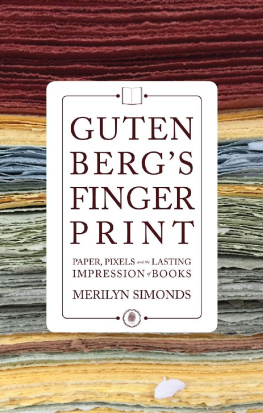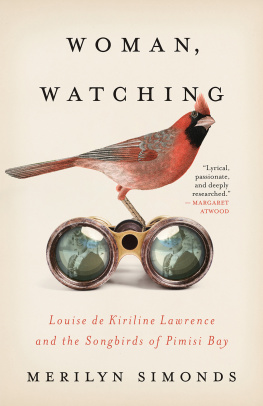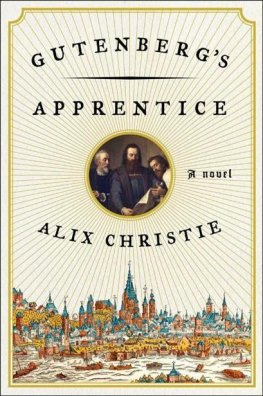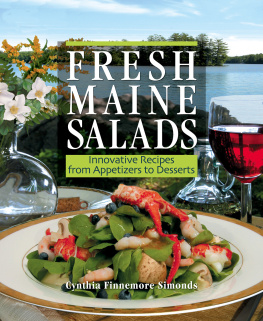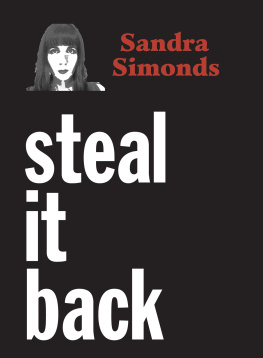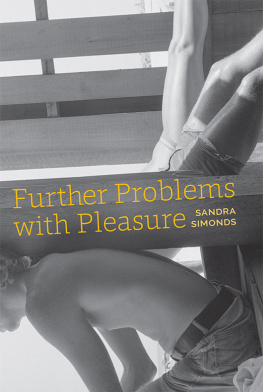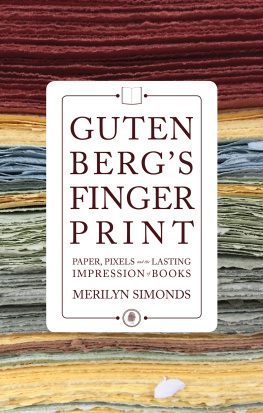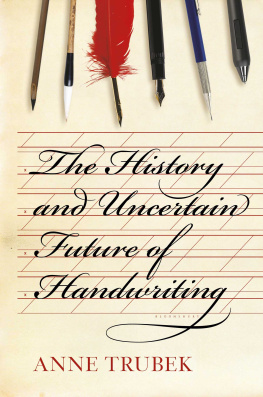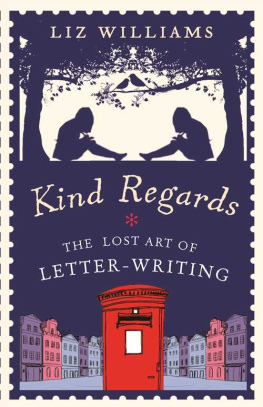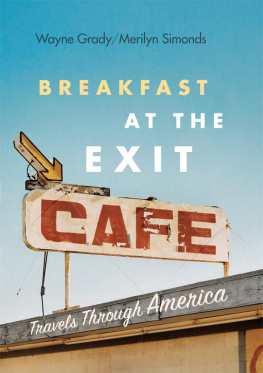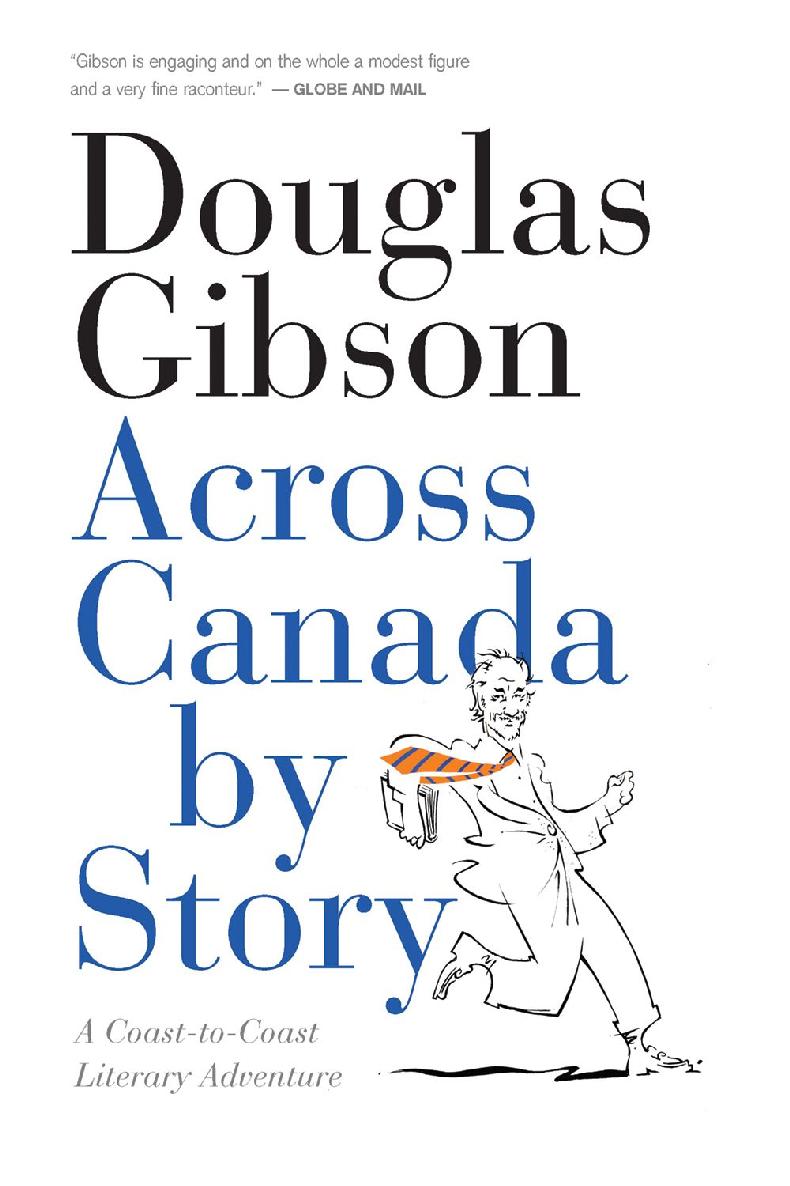TRY ANOTHER GREAT READ FROM ECW PRESS...
Across Canada by Story More adventures from one of Canadas premier editors and storytellers
Canada is a country rich in stories, and few take as much joy as Douglas Gibson in discovering them. As one of the countrys leading editors and publishers for 40 years, he coaxed modern classics out of some of Canadas finest minds, and then took to telling his own stories in his first memoir, Stories About Storytellers.
Gibson turned his memoir into a one-man stage show that eventually played almost 100 times, in all ten provinces, from coast to coast. As a literary tourist, he discovered even more about the land and its writers and harvested many more stories, from distant past and recent memory, to share.
Now in Across Canada by Story, Gibson brings new stories about Robertson Davies, Jack Hodgins, W.O. Mitchell, Alistair MacLeod, and Alice Munro, and adds lively portraits of Al Purdy, Marshall McLuhan, Margaret Laurence, Guy Vanderhaeghe, Margaret Atwood, Wayne Johnston, Linwood Barclay, Michael Ondaatje, and many, many others. Whether fly fishing in Haida Gwaii or sailing off Labrador, Douglas Gibson is a first-rate ambassador for Canada and the power of great stories.
ECW digital titles are available online wherever ebooks are sold. Visit ecwpress.com for more details. To receive special offers, bonus content and a look at whats next at ECW, sign up for our newsletter!
BLOOD INTO INK
In the photograph, the woman is naked except for black brogues and argyle socks held up by leather sock suspenders. She sits splay-legged on a stool, an antiquarian book the size of a ledger propped open between her legs. With one hand, she turns a page. In the other, she holds a long feathered quill. Her eyes are closed in ecstasy, and her head tips back as she dips the quill deep into her wide open mouth.
This photograph sits on my desk and has done so through three houses and almost as many decades. It was taken by Dianne Whelan, an Ottawa photographer who was a friend of my older sons girlfriend. She sent it to me as a thank-you postcard. Once, when I thought Id lost it, I tracked down the photographer and bought three more, just in case. A lifetime supply.
The photograph could be an illustration of something T. S. Eliot once wrote: The purpose of literature is to turn blood into ink.
Hemingway supposedly said something similarWriting is easy. You just open a vein and bleedexcept that if he actually did say this, he was quoting a 1949 newspaper column in which Walter Winchell interviewed Red Smith, a popular sports columnist of the day. When Red was asked if he found it difficult to churn out column after column, he replied, Why, no. You simply sit down at the typewriter, open your veins, and bleed.
Even then, it was not a new idea. Nietzsche, in his philosophical novel Thus Spake Zarathustra: A Book for All and None, published in the late 1880s, makes a similar allusion to blood as ink in the chapter On Reading and Writing:
Of all that is written I love only what a man has written with his blood.
Could blood, physically and chemically, be used as printers ink? Lovers down the ages have spilled a little blood and dipped in their pen nibs to sign their names in a lasting pledge of love. Ever since Tom Sawyer, and probably before, novitiates have been signing their names in blood to join a gang. The Scottish Covenanters signed their call for a Presbyterian Scotland in their own blood, wearing red neckerchiefs as their insignia (the genesis of the term redneck, which originally meant a Scottish dissenter).
The Dutch poet and journalist Ruud Linssen took the metaphor literally and printed his entire Book of War, Mortification and Love using his own blood as ink, to stress the voluntary suffering that is the theme of the essays. First, he very considerately had his blood tested to avoid innocent people getting exotic diseases by reading a book. When his blood was declared fit, vials of it were removed by a doctor. Linssen gave the vials to an experimental printer. Months of experimentation followed in an attempt to overcome the primary obstacle: the blood, which is water-based, refused to mix with the oil-based printing ink. In the end, Linssens blood was freeze-dried to remove every last drop of H 2O, leaving behind a pure blood powder that was mixed with oil to create ink for the offset press. (The typeface the printer used was Fakir.)
Every time I am with Hughevery single time, without failat some point in the visit hell thrust his fingers towards the crook of his arm as if hes holding a syringe. Time to get my fix, hell say, which means, time to get back to the press. He and Vladimir Nabokov would have gotten along. Ink, a drug, Nabokov writes in his 1947 dystopian novel, Bend Sinister.
I look at my photograph, at the naked woman dipping the quill into her mouth, and I understand, at last, my attraction. Ink may be in Hughs blood, but my lifeblood flows in every word I write.
THE COLOUR OF PARADISE
It all sounds good to me, says Hugh. I have just laid out what I think we can accomplish today: choose the ink, okay the images, set up a timeline. However, I am a little worried about riding with a woman who is picking up a chainsaw.
It is early March, and we are on our way to our first formal meeting of Team Paradise Project. I picked up Hugh just before noon. We are due at Eriks farmhouse in the rolling hills of Central Ontario just after lunch. Its not a farm, really, although thats what city people call a hived-off acreage like his, with an old farmhouse, a barn, and a scattering of outbuildings, testimony to the actual farmers attempts to make a living from cows, then pigs, then chickens, and, finally, small-engine repair. We live on a similarly much-reduced former farm further east. Its spring, time to cut wood: I need our chainsaw back.
Im feeling querulous. Im not looking forward to spending three hours in the car with someone I barely know, even after a year. And Im concerned, just a little, about bringing my son into the project. I mentioned in passing that Erik was a painter and bam! Hugh anointed him Team Artist.
This book project is running ahead of me, and Im struggling to catch up. Im used to an editor, a copy editor, the predictable unfolding of production. Decisions about typefaces and paper stock and illustrations and how many books to print and where to sell them: thats always been someone elses business. I dont mind being involved. In fact, I usually insist on voicing an opinion, and I am looking forward to knowing more about the innards of publishing through this project. But no editor? I feel as though my father has just taken his hand off the seat of my bicycle, shouting, Keep pedalling, youll be fine.
Like almost every writer I know, I have little faith in my own words, and when I look at my sons block prints, no faith whatsoever in my ability to assess whether they are brilliant or complete bunk.
Erik is feeling tentative, too. I know you want me to have the freedom to express myself, but I would love to hear what you think of the images, he says gently, opening the folio of sketches. Not that I will change them, he adds with a smile. The old one-two.

